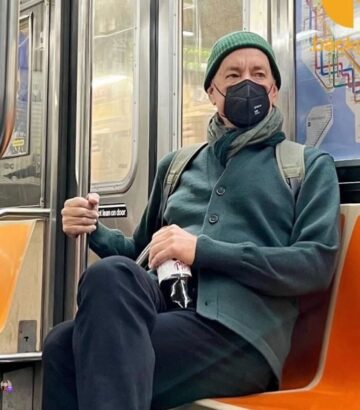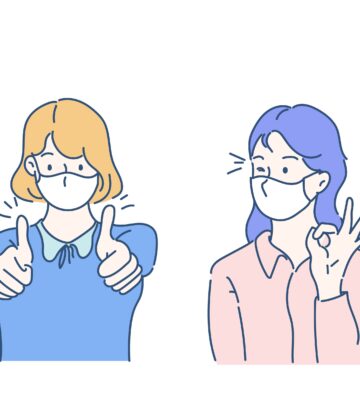Collective Action
Will the Pandemic Ever End?
By now, we all have become used to the familiar wave-like resurgence of COVID-19: cases go up until the population starts taking protective actions voluntarily, governments set up restrictions, and/or the most easily transmitting population starts to saturate. Collective action is relatively easy at the top of a wave; people share a common purpose and can see the risks of failing to act.
Then the wave starts going down, and the sense of urgency is replaced by that of relief. Governments experience increased pressure to release restrictions, and the population subsequently observes the lifted restrictions as a sign of improved conditions. But when protective measures are lifted while there is still community transmission, the remaining cases are setting us up for the next wave. Herein lies a Diabolical Dynamic: in contrast to when the wave is climbing rapidly, it is more difficult to gain support for collective action while at the bottom of a wave, when the battle seems over. When no immediate danger seems to be in sight, there is also less interest in preparing for the next wave [e.g. clean air solutions for buildings].
Several countries are going through their fifth, sixth, or seventh wave of COVID-19, the virus keeps mutating, and millions of people worldwide have been infected twice or more; facts crushing the fantasy for “herd-immunity”.
Following current trends, we can expect waves to continue (two or more per year) along with disruptions and impacts on wellbeing, health systems, productivity, equity and economy. We will continue seeing more infections, long COVID, and deaths. More of the same will not make a difference, unless we decide to change.
Extending interventions for a few weeks after an infection wave has subsided has been shown to be the only way to prevent another wave from rising [1,2,3]. We “simply” need to keep masking, ventilating, and testing for a few weeks more after cases have decreased, so that they reach zero. If we leave just a few cases, then the disease will spread again exponentially, sooner than later. But since cases follow exponential growth, it is hard to see it happening in the beginning, and so it is hard to get people to understand the importance of this.
We now know for certain that neither vaccination alone nor repeated infections will stop this pandemic and no region is safe until all are safe.
This certainly requires a global scale-up of synchronized effort, since few regions letting the virus spread will render the actions of other regions useless. Exiting the Diabolical Dynamic is cheaper today than it will be tomorrow, but success requires both coordination and delaying gratification: The aforementioned research implies we must learn to postpone the moment of sigh of relief. We must not let go of protective measures until it is actually safe to do so. The solutions exist. To be able to take advantage of them, we must overcome the social challenge.
Qiu, Z., Espinoza, B., Vasconcelos, V. V., Chen, C., Constantino, S. M., Crabtree, S. A., Yang, L., Vullikanti, A., Chen, J., Weibull, J., Basu, K., Dixit, A., Levin, S. A., and Marathe, M. V. (2022). Understanding the coevolution of mask wearing and epidemics: A network perspective. Proceedings of the National Academy of Sciences, 119(26):e2123355119.
Rypdal, K. (2021). The tipping effect of delayed interventions on the evolution of covid-19 incidence. International Journal of Environmental Research and Public Health, 18(9).
Siegenfeld, A. F. and Bar-Yam, Y. (2020). The impact of travel and timing in eliminating covid-19. Communications Physics, 3(1):204.










